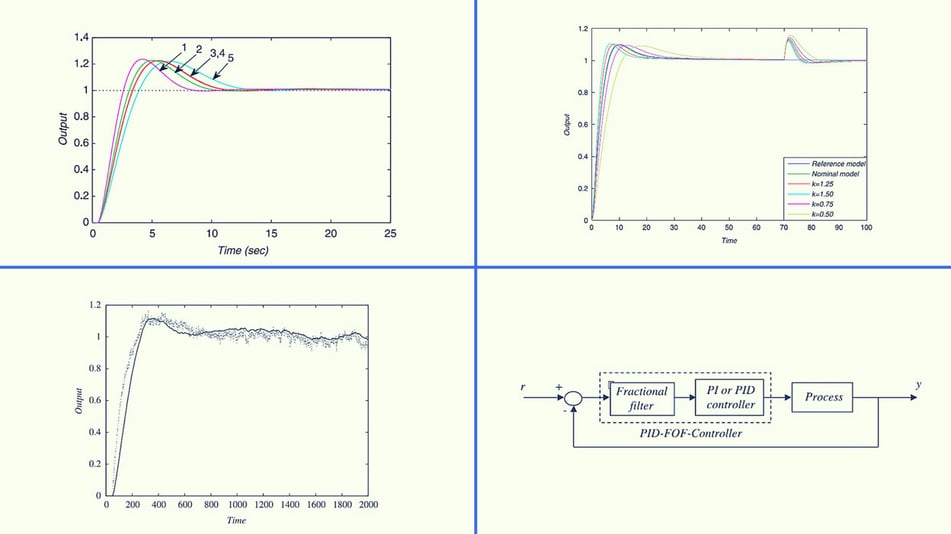This post is an excerpt from the journal ISA Transactions. All ISA Transactions articles are free to ISA members, or can be purchased from Elsevier Press.

Abstract: Analytical methods are usually applied for tuning fractional controllers. The present paper proposes an empirical method for tuning a new type of fractional controller known as PID-Fractional-Order-Filter (FOF-PID). Indeed, the setpoint overshoot method, initially introduced by Shamsuzzoha and Skogestad, has been adapted for tuning FOF-PID controller. Based on simulations for a range of first order with time delay processes, correlations have been derived to obtain PID-FOF controller parameters similar to those obtained by the Internal Model Control (IMC) tuning rule. The setpoint overshoot method requires only one closed-loop step response experiment using a proportional controller (P-controller). To highlight the potential of this method, simulation results have been compared with those obtained with the IMC method as well as other pertinent techniques. Various case studies have also been considered. The comparison has revealed that the proposed tuning method performs as good as the IMC. Moreover, it might offer a number of advantages over the IMC tuning rule. For instance, the parameters of the fractional controller are directly obtained from the setpoint closed-loop response data without the need of any model of the plant to be controlled.
Free Bonus! To read the full version of this ISA Transactions article, click here.
Enjoy this technical resource article? Join ISA and get free access to all ISA Transactions articles as well as a wealth of other technical content, plus professional networking and discounts on technical training, books, conferences, and professional certification.
Click here to join ... learn, advance, succeed



